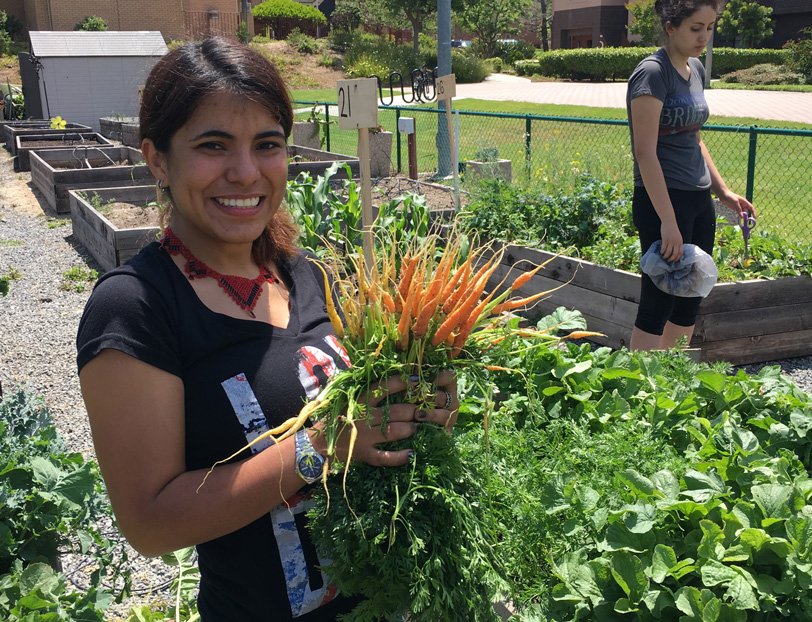The UC Irvine Garden Project
Home »
The UC Irvine Garden Project is creating a vibrant, coordinated garden community at UC Irvine. The project is harnessing the six UC Irvine-based community gardens as a laboratory for hands-on sustainability education, student professional development, community engagement, and research on creating sustainable communities.
Initially, at the request of garden leaders, the Garden Project is helping to facilitate communication and collaboration among the four gardens to foster increased sharing of resources, labor, gardening know-how, food, and fun. In addition, the project is building linkages with the broader community involved in sustainable food production in Orange County, particularly in low-income communities. Through this engagement, the project aims not only to enrich student understanding of food sustainability and sovereignty through the lenses of social, economic and environmental justice, but also to work with faculty members to foster community engaged sustainability scholarship on these issues.
To learn more about the Garden Project, please email sustainability-center@uci.edu.

